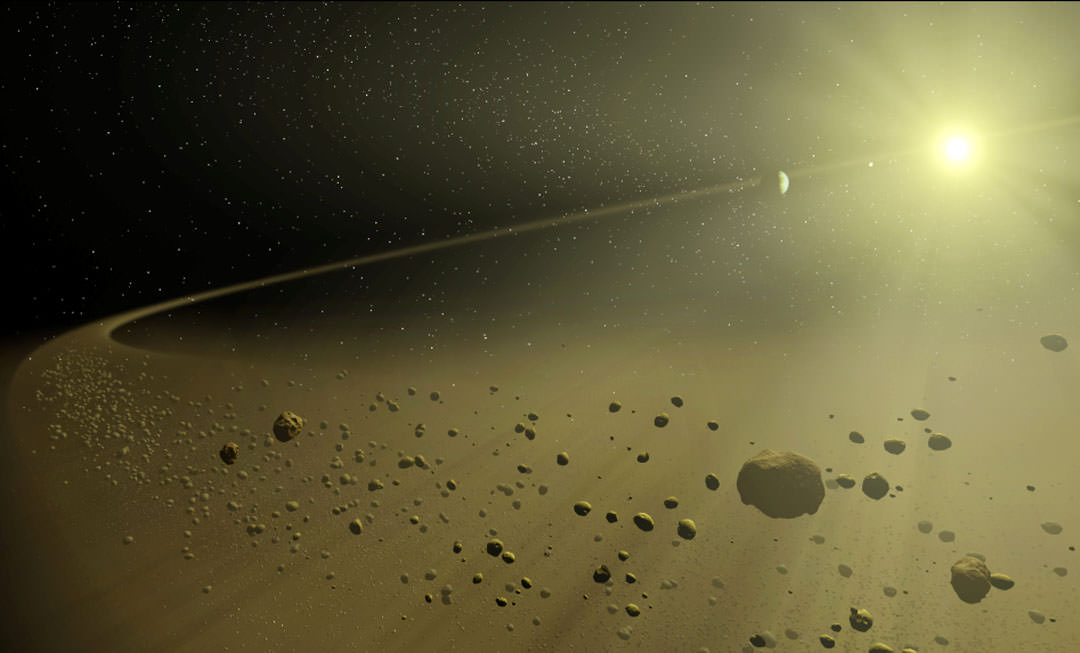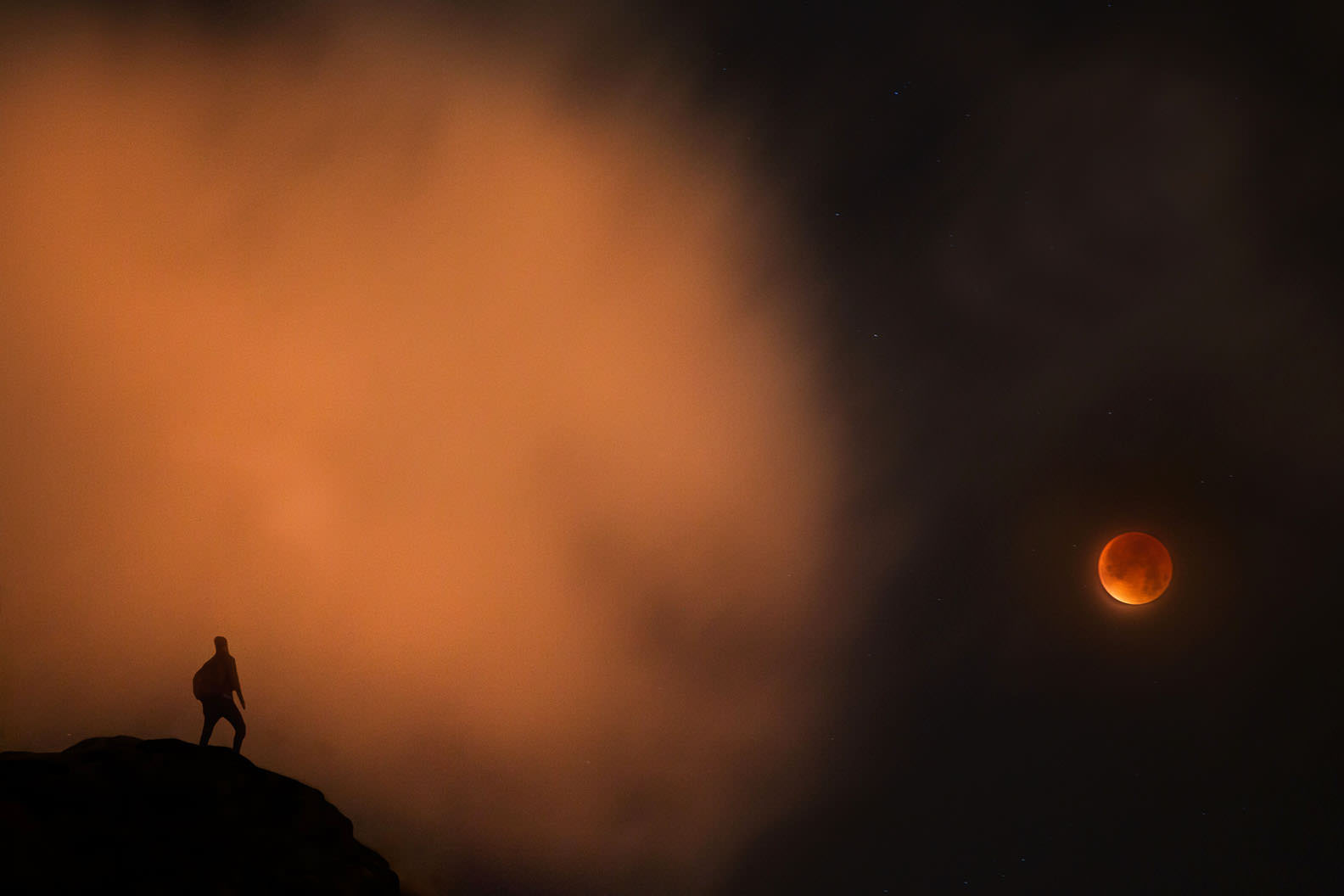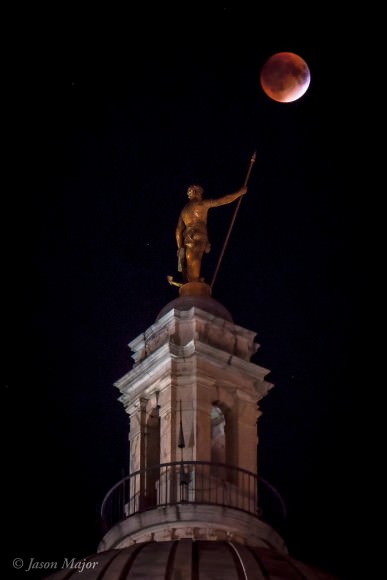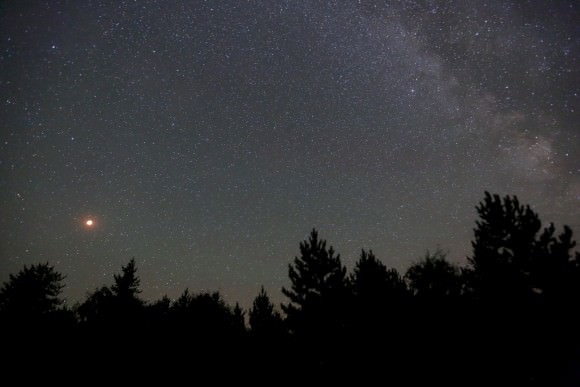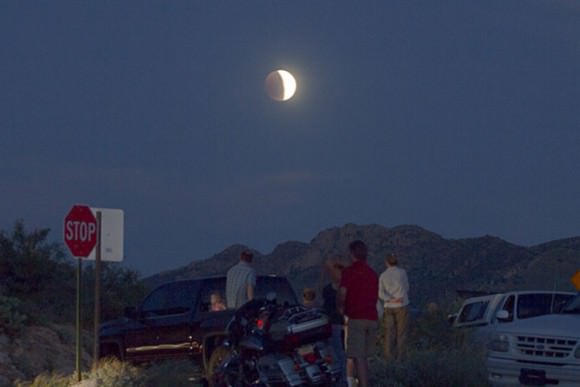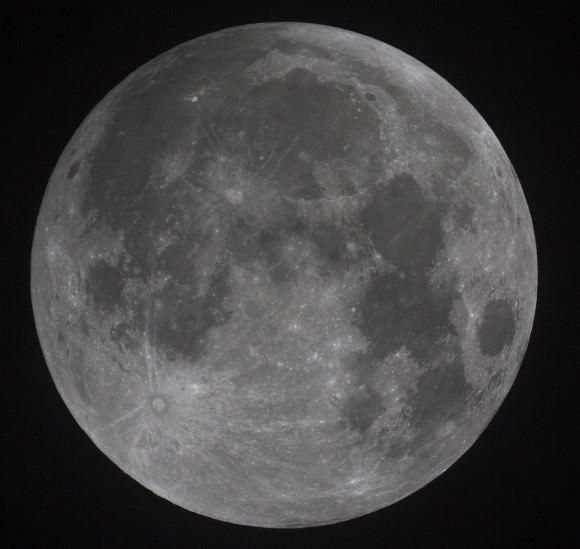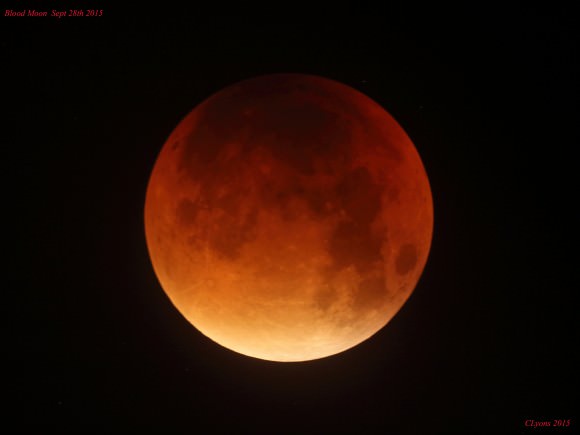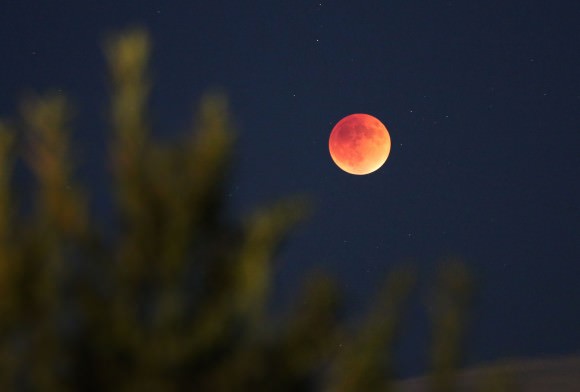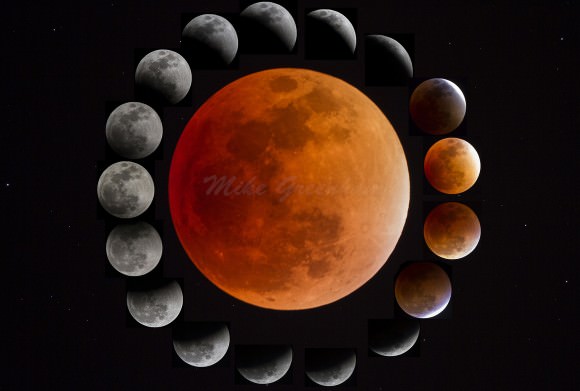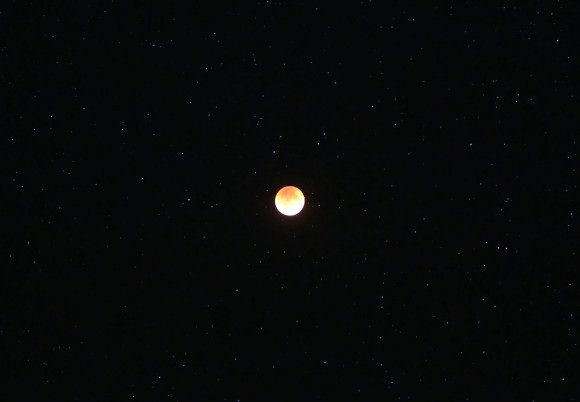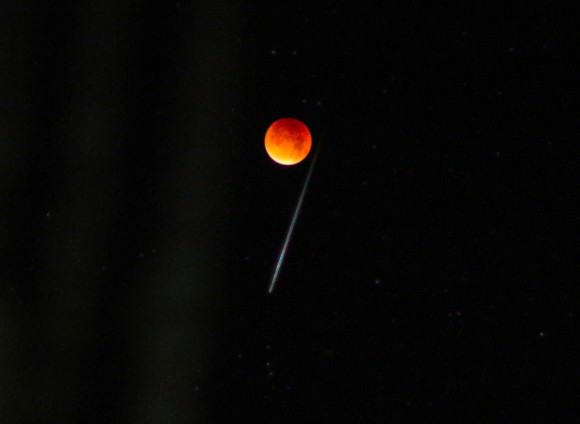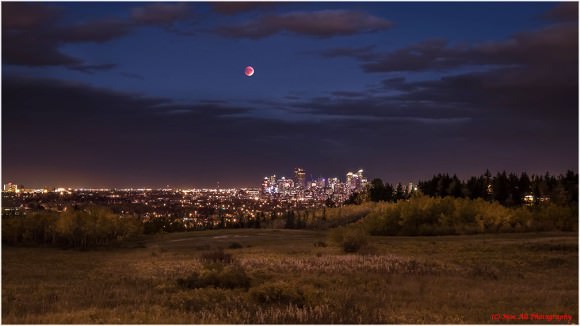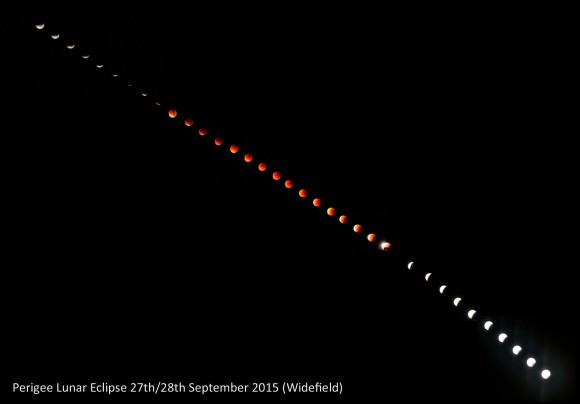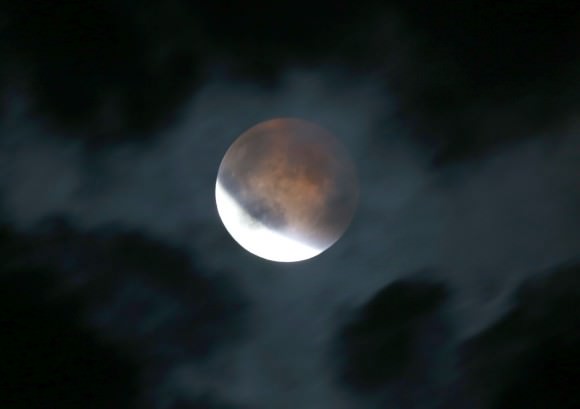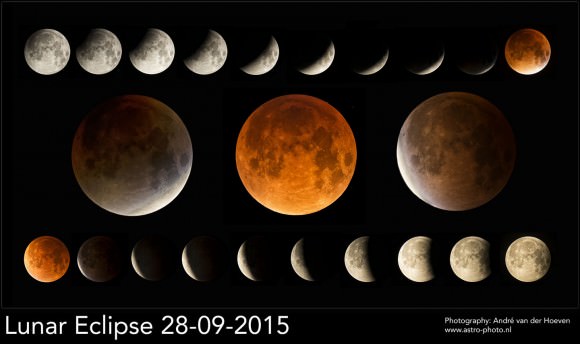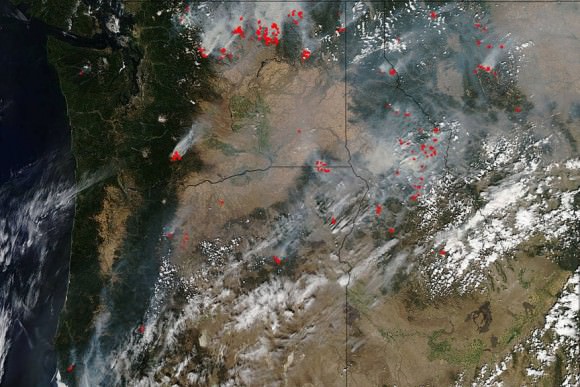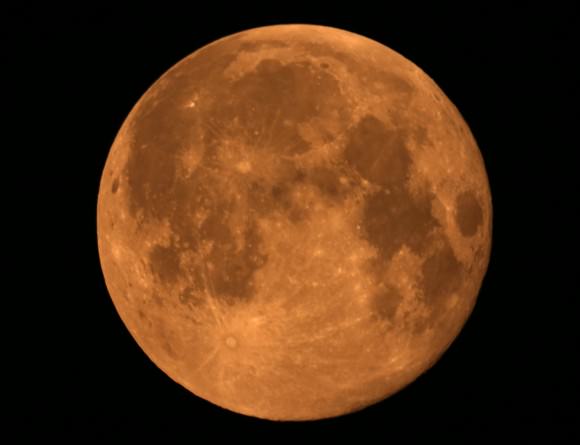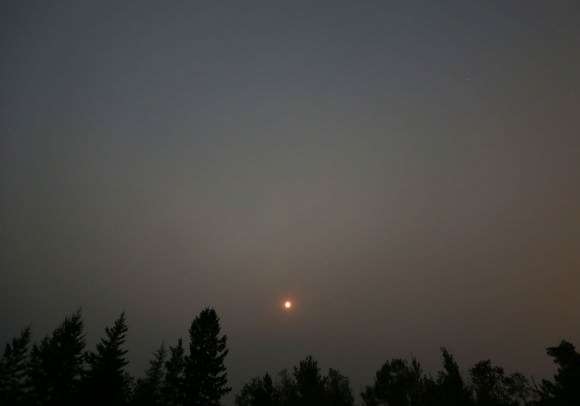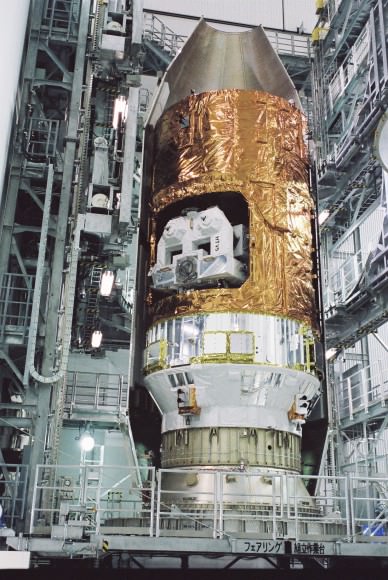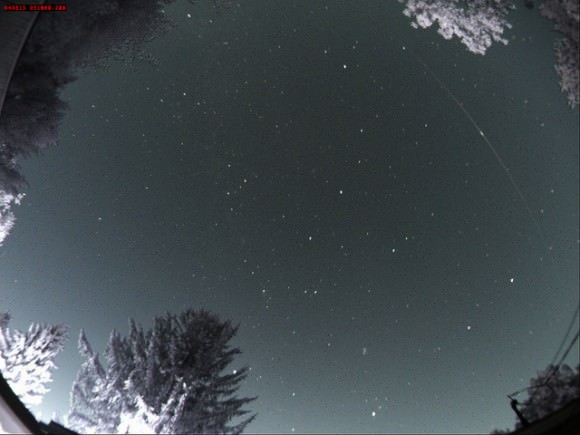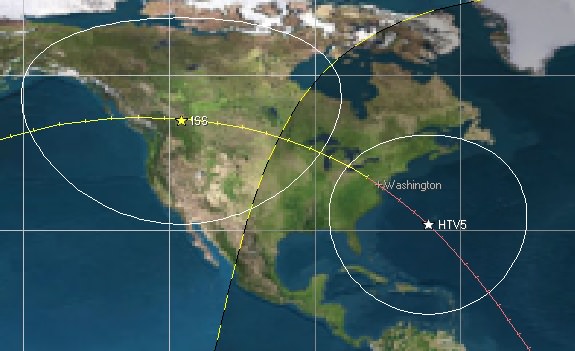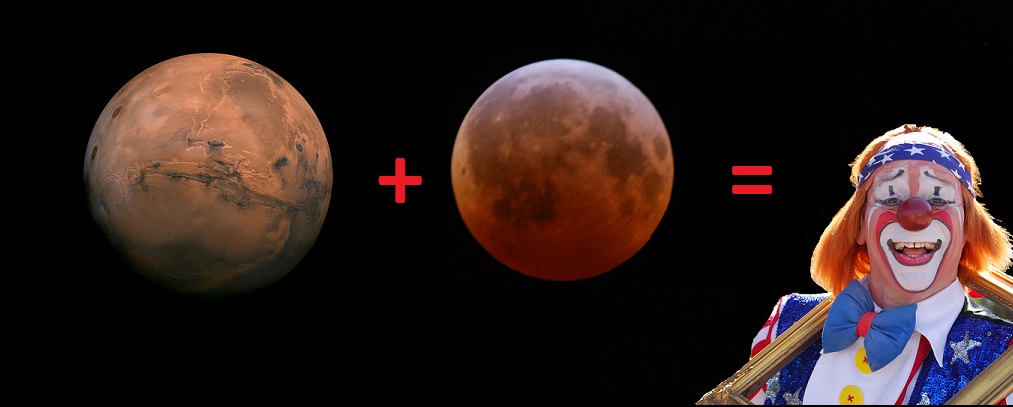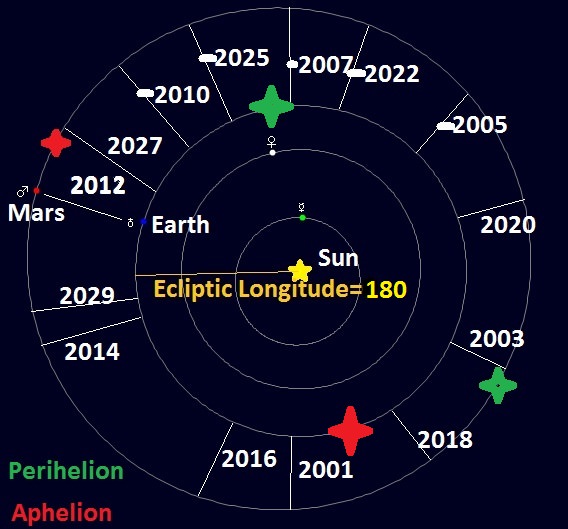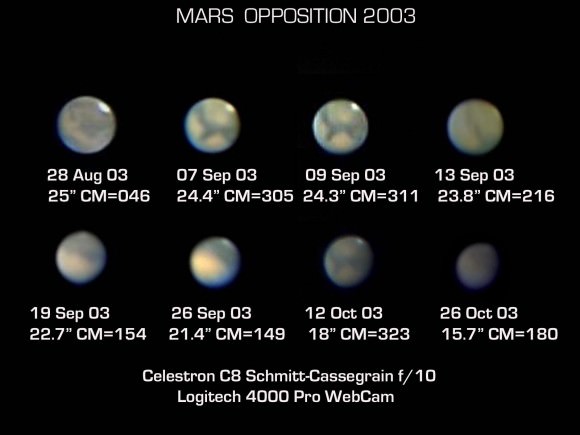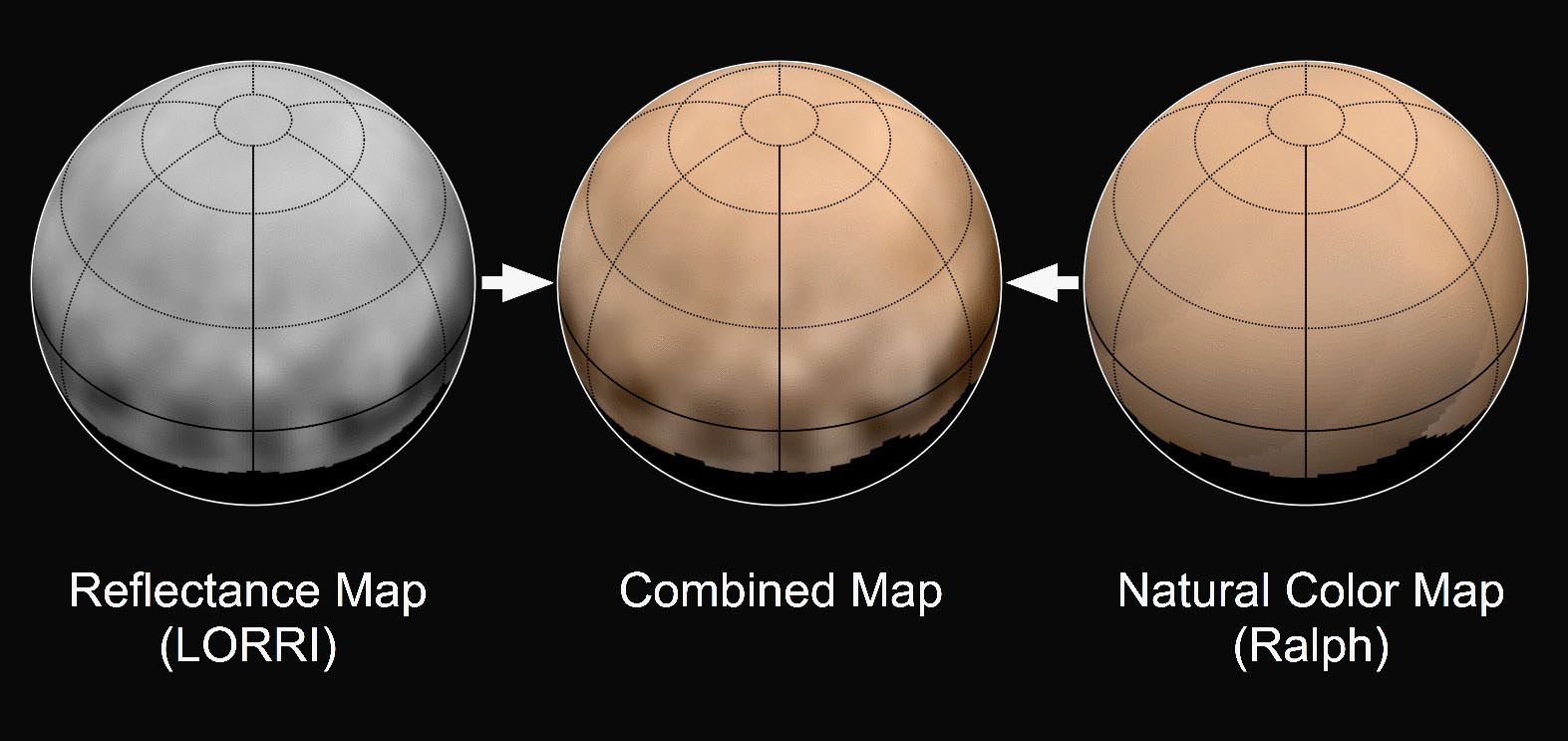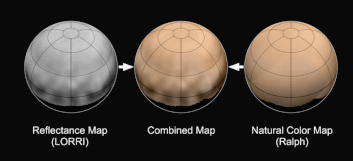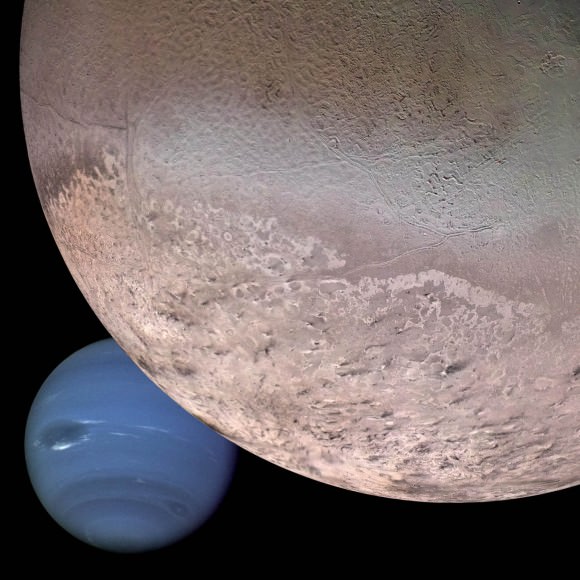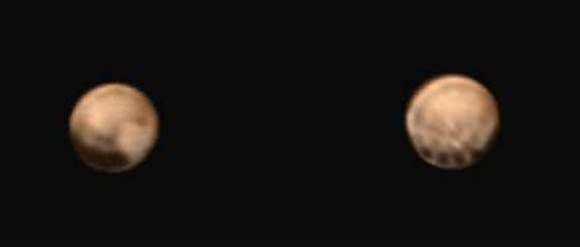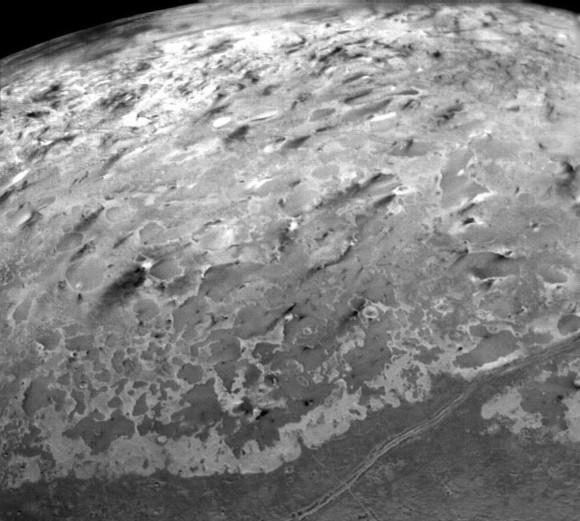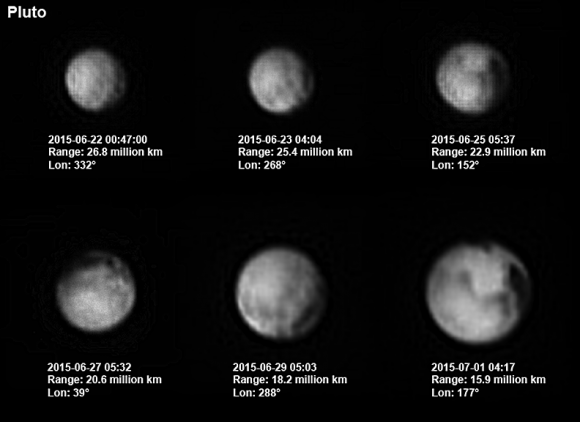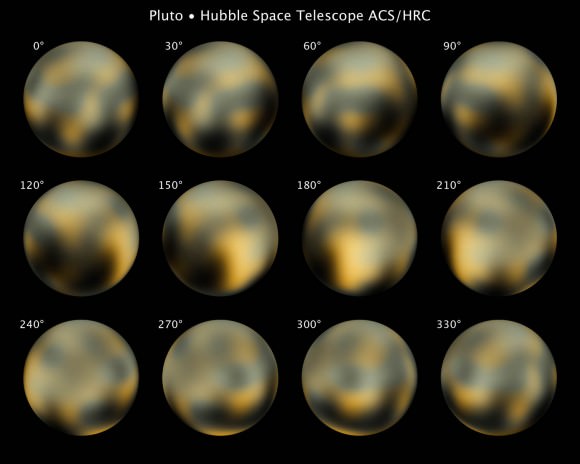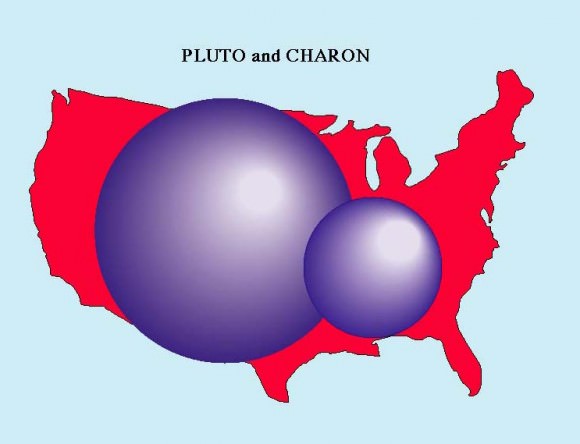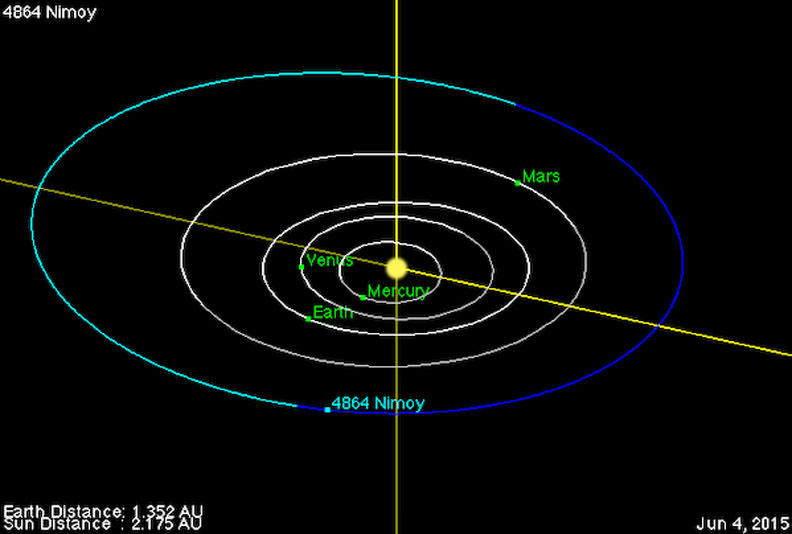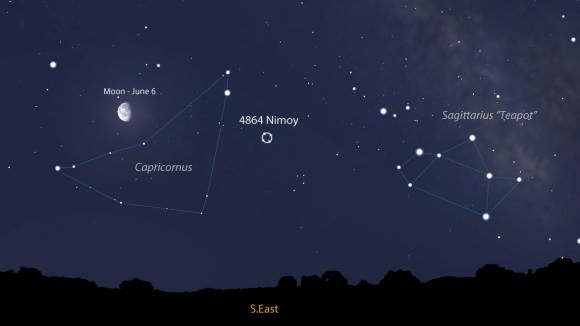“Bizarre.” “Interesting.” “Giant transit”. That were the reactions of Planet Hunters project volunteers when they got their first look at the light curve of the otherwise normal sun-like star KIC 8462852 nearly.
Of the more than 150,000 stars under constant observation during the four years of NASA’s primary Kepler Mission (2009-2013), this one stands alone for the inexplicable dips in its light. While almost certainly naturally-caused, some have suggested we consider other possibilities.
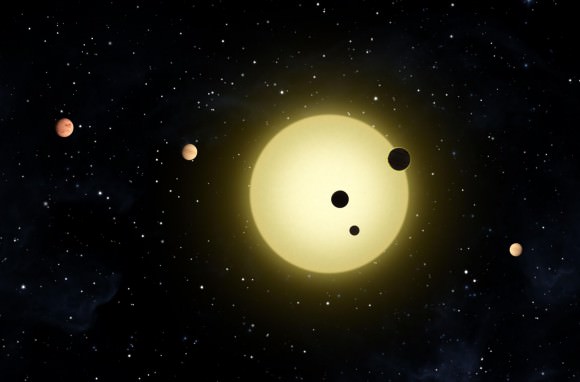
Credit: NASA/Tim Pyle
You’ll recall that the orbiting Kepler observatory continuously monitored stars in a fixed field of view focused on the constellations Lyra and Cygnus hoping to catch periodic dips in their light caused by transiting planets. If a drop was seen, more transits were observed to confirm the detection of a new exoplanet.
And catch it did. Kepler found 1,013 confirmed exoplanets in 440 star systems as of January 2015 with 3,199 unconfirmed candidates. Measuring the amount of light the planet temporarily “robbed” from its host star allowed astronomers to determine its diameter, while the length of time between transits yielded its orbital period.
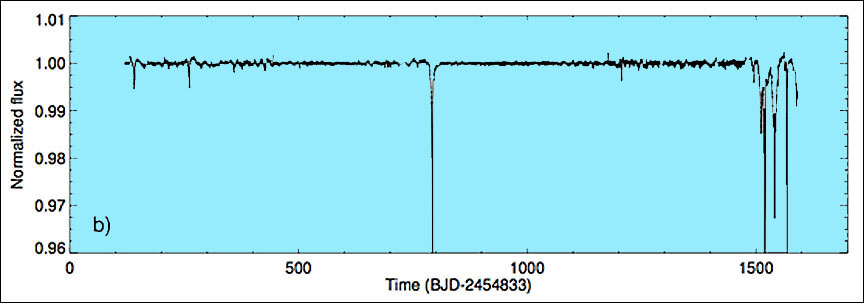
Volunteers with the Planet Hunters project, one of many citizen science programs under the umbrella of Zooniverse, harness the power of the human eye to examine Kepler light curves (a graph of a star’s changing light intensity over time), looking for repeating patterns that might indicate orbiting planets. They were the first to meet up with the perplexing KIC 8462852.

This magnitude +11.7 star in Cygnus, hotter and half again as big as the Sun, showed dips all over the place. Around Day 800 during Kepler’s run, it faded by 15% then resumed a steady brightness until Days 1510-1570, when it underwent a whole series of dips including one that dimmed the star by 22%. That’s huge! Consider that an exo-Earth blocks only a fraction of a percent of a star’s light; even a Jupiter-sized world, the norm among extrasolar planets, soaks up about a percent.
Exoplanets also show regular, repeatable light curves as they enter, cross and then exit the faces of their host stars. KIC 8462852’s dips are wildly a-periodic.
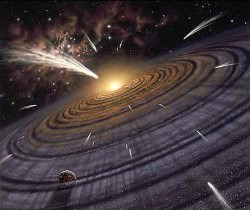
Whatever’s causing the flickering can’t be a planet. With great care, the researchers ruled out many possibilities: instrumental errors, starspots (like sunspots but on other stars), dust rings seen around young, evolving stars (this is an older star) and pulsations that cover a star with light-sucking dust clouds.
What about a collision between two planets? That would generate lots of material along with huge clouds of dust that could easily choke off a star’s light in rapid and irregular fashion.
A great idea except that dust absorbs light from its host star, warms up and glows in infrared light. We should be able to see this “infrared excess” if it were there, but instead KIC 8462852 beams the expected amount of infrared for a star of its class and not a jot more. There’s also no evidence in data taken by NASA’s Wide-field Infrared Survey Explorer (WISE) several years previously that a dust-releasing collision happened around the star.
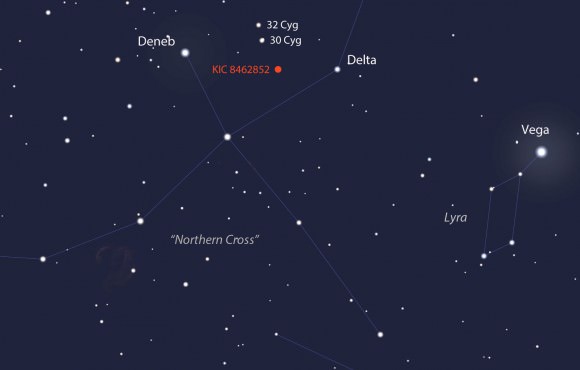
After examining the options, the researchers concluded the best fit might be a shattered comet that continued to fragment into a cascade of smaller comets. Pretty amazing scenario. There’s still dust to account for, but not as much as other scenarios would require.
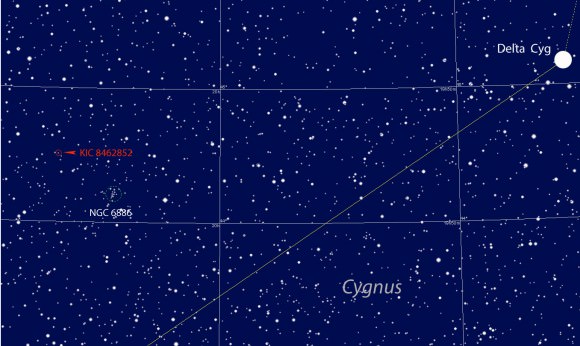
Being fragile types, comets can crumble all by themselves especially when passing exceptionally near the Sun as sungrazing comets are wont to do in our own Solar System. Or a passing star could disturb the host star’s Oort comet cloud and unleash a barrage of comets into the inner stellar system. It so happens that a red dwarf star lies within about 1000 a.u. (1000 times Earth’s distance from the Sun) of KIC 8462852. No one knows yet whether the star orbits the Kepler star or happens to be passing by. Either way, it’s close enough to get involved in comet flinging.
So much for “natural” explanations. Tabetha Boyajian, a postdoc at Yale, who oversees the Planet Hunters and the lead author of the paper on KIC 8462852, asked Jason Wright, an assistant professor of astronomy at Penn State, what he thought of the light curves. “Crazy” came to mind as soon he set eyes on them, but the squiggles stirred a thought. Turns out Wright had been working on a paper about detecting transiting megastructures with Kepler.

In a recent blog, he writes: “The idea is that if advanced alien civilizations build planet-sized megastructures — solar panels, ring worlds, telescopes, beacons, whatever — Kepler might be able to distinguish them from planets.” Let’s assume our friendly aliens want to harness the energy of their home star. They might construct enormous solar panels by the millions and send them into orbit to beam starlight down to their planet’s surface. Physicist Freeman Dyson popularized the idea back in the 1960s. Remember the Dyson Sphere, a giant hypothetical structure built to encompass a star?
From our perspective, we might see the star flicker in irregular ways as the giant panels circled about it. To illustrate this point, Wright came up with a wonderful analogy:
“The analogy I have is watching the shadows on the blinds of people outside a window passing by. If one person is going around the block on a bicycle, their shadow will appear regularly in time and shape (like a regular transiting planet). But crowds of people ambling by — both directions, fast and slow, big and large — would not have any regularity about it at all. The total light coming through the blinds might vary like — Tabby’s star.”
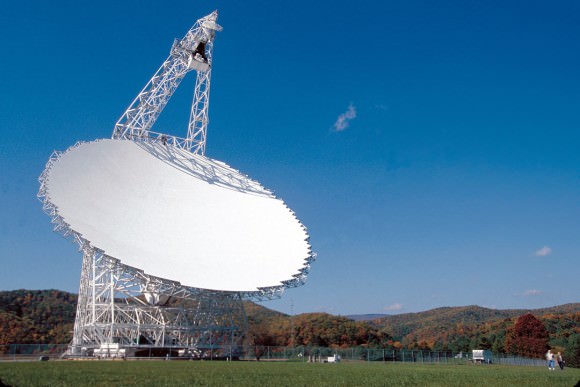
Even Wright admits that the “alien hypothesis” should be seen as a last resort. But to make sure no stone goes unturned, Wright, Boyajian and several of the Planet Hunters put together a proposal to do a radio-SETI search with the Green Bank 100-meter telescope. In my opinion, this is science at its best. We have a difficult question to answer, so let’s use all the tools at our disposal to seek an answer.
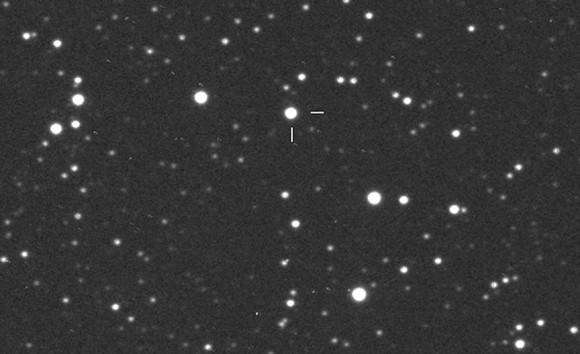
In the end, it’s probably not an alien megastructure, just like the first pulsar signals weren’t sent by LGM-1 (Little Green Men). But whatever’s causing the dips, Boyajian wants astronomers to keep a close watch on KIC 8462852 to find out if and when its erratic light variations repeat. I love a mystery, but answers are even better.

